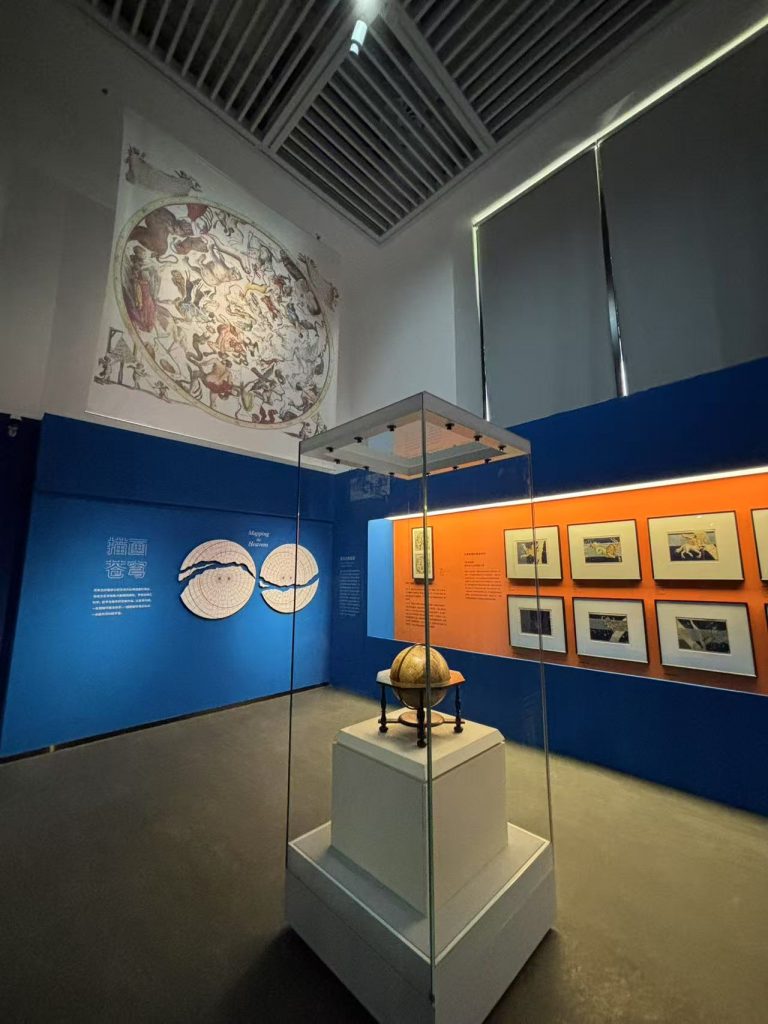Mapping the Sky: Exploring the Constellations and a Treasury of Ancient Celestial Atlases
Humans have always been accustomed to measuring the external world by their own standards, using existing knowledge to describe the unknown. Thus, the twinkling stars in the night sky, in the eyes of the ancients, were connected into lines, forming familiar images: lions, crabs, the Cowherd, the Weaver Girl... Originally independent stars were grouped into "constellations," endowed with names, forms, and personalities, transforming the vast universe into a vibrant world.
In the simplistic beliefs of the ancients, human destiny was closely tied to the stars above: heroes who fell in the mortal world would ascend to become stars, achieving immortality; "the auspicious alignment of the five planets in the east benefits China" was a hopeful omen for those setting off to war... Throughout history, humanity's dialogue with the cosmos—whether expressed through the language of literature and art or the language of science and technology—has always embodied the utmost romance and grandeur.
The same starry sky has cast a brilliant light over the history of human civilization and now illuminates the path forward for a shared human destiny.
July 18-October 18, 2025
Zhejiang Museum of Natural History (Anji), 1 Meiyuan Rd, An Ji County, Hu Zhou City, China
Wed-Sun 9 AM-5 PM, no admission after 4 PM
Free admission

Co-presented by:
Zhejiang Museum of Natural History
Ptolemy Museum
Producers: Wu Mingke, Han Peng
Exhibition Advisors: Yang Ling, Xia Liang
Curators: Liu Jing, Shang Meng
Visual Design: Wang Jiang
Exhibition Illustrators: Chan Sin Yu, Lee Wing Lee
Exhibition Execution: Chen Weihua, Li Jiaqi, Wu Hao, Wu Yejiao